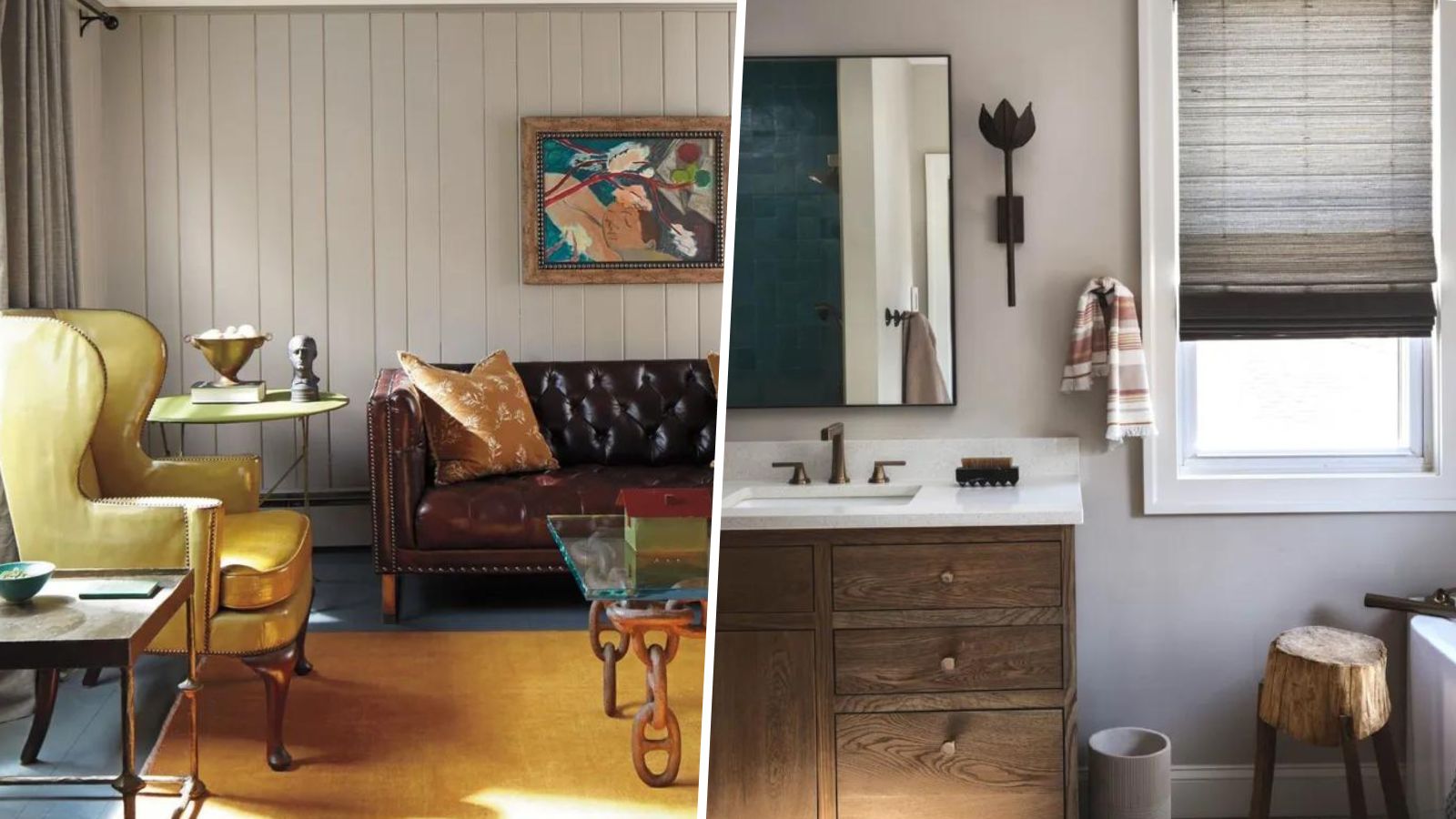
Whenever we talk to designers about Benjamin Moore paints, or even just neutral paints in general, two shades always come up – Edgecomb Gray and Revere Pewter. And there's no denying at first glance there isn't a huge difference between the two, both very soft, very easy-to-use greige paints.
But how do these similar paints differ? And where do each of them work best? We spoke with designers who have used both paints, as well as the Benjamin Moore team to find out, so you can work out which of these Benjamin Moore best-sellers could be right for your space.
Edgecomb Gray V Revere Pewter
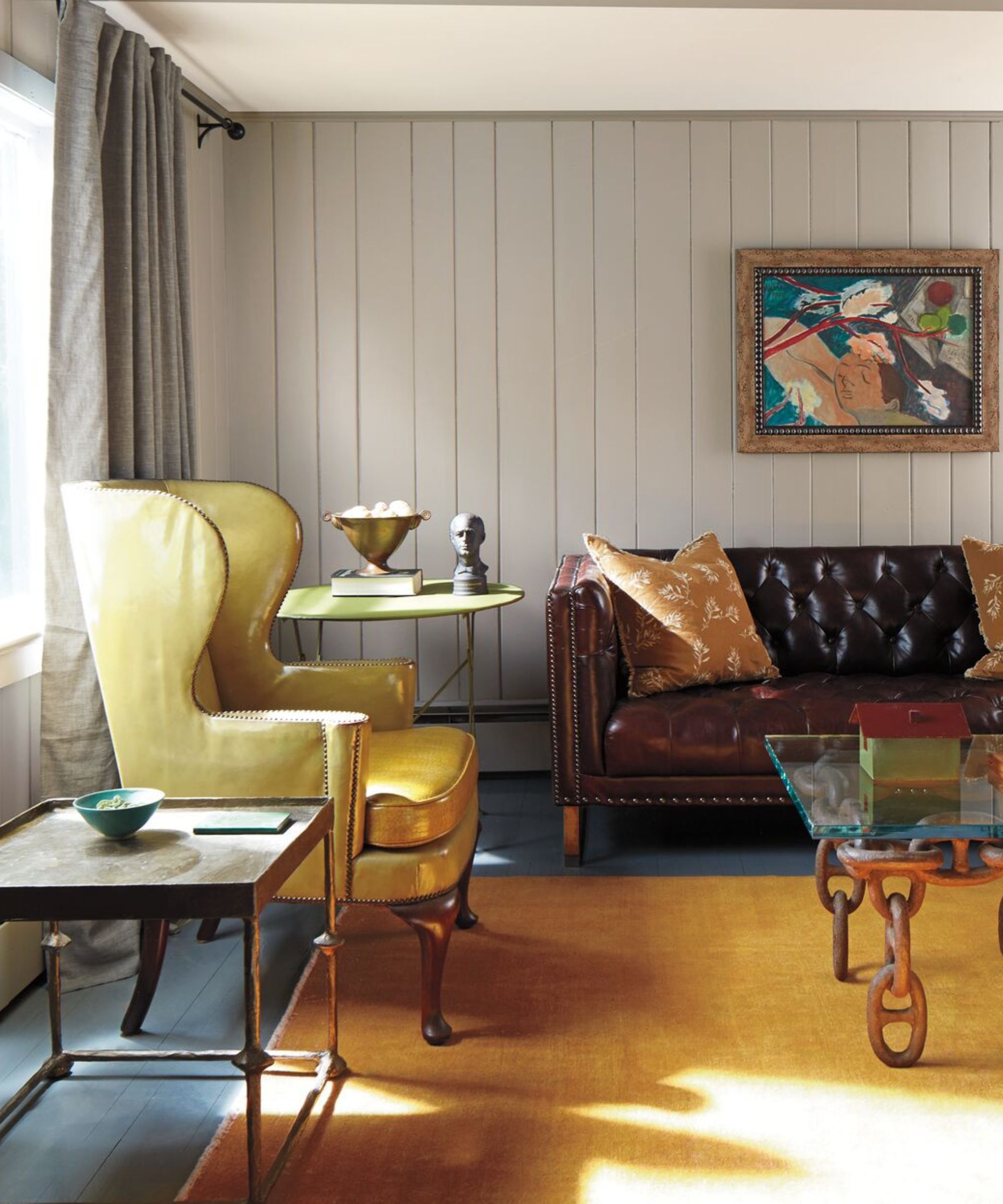
'Benjamin Moore's Edgecomb Gray and Revere Pewter stand out as two of the brand's most popular neutral paints, each possessing a unique charm that distinguishes them in the world of design,' explains Jennifer Davis, founder of Davis Interiors.
What makes these paint so loved definitely comes down to their versatility and the fact that they work as a backdrop for so many other shades. As Helen Shaw, Director of Marketing at Benjamin Moore explains, 'Both Edgecomb Gray and Revere Pewter are hugely versatile and can therefore be used across many rooms in the home as a foundation to add accents in more saturated colors. For a living room, opt for all four walls in one of these adaptable shades with woodwork or trim in a darker grey for the perfect tonal scheme.'
What color is Edgecomb Gray?
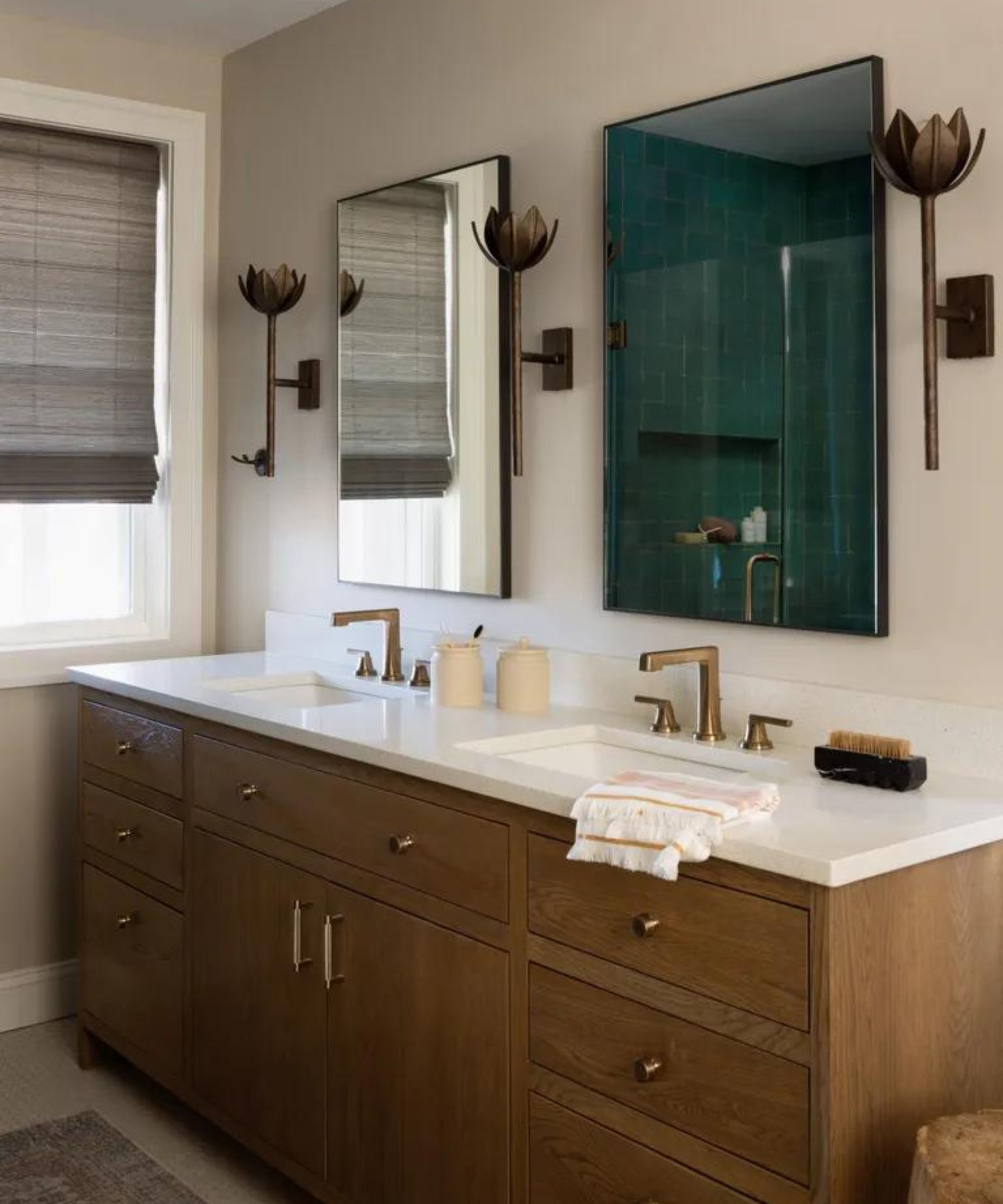
First, let's clarify what colors these two paints are. The name Edgecomb Gray actually makes this color sound far cooler than it actually is, it's not really a gray at all, more a beige or a very warm greige. The paint has previously been known as 'Baby Fawn' which might give you a better idea of the shade – soft, warm, and cozy. But it doesn't tip over into a cream or anything too yellow, the fact it's got that ever so slight coolness to it is what makes it such a chameleon, versatile paint.
Best spaces to use it? Well, we've seen examples of it working in every room, from bedrooms to kitchen cabinetry but as Helen points out it does lend itself particularly well to north-facing spaces. 'Due to the warm undertones of Edgecomb Gray, it works particularly well to brighten north-facing rooms where there is lack of natural light. To complete the look, pair with natural materials in your furniture and accessories to elevate this warmth and create an inviting and welcoming space.'
What color is Revere Pewter?
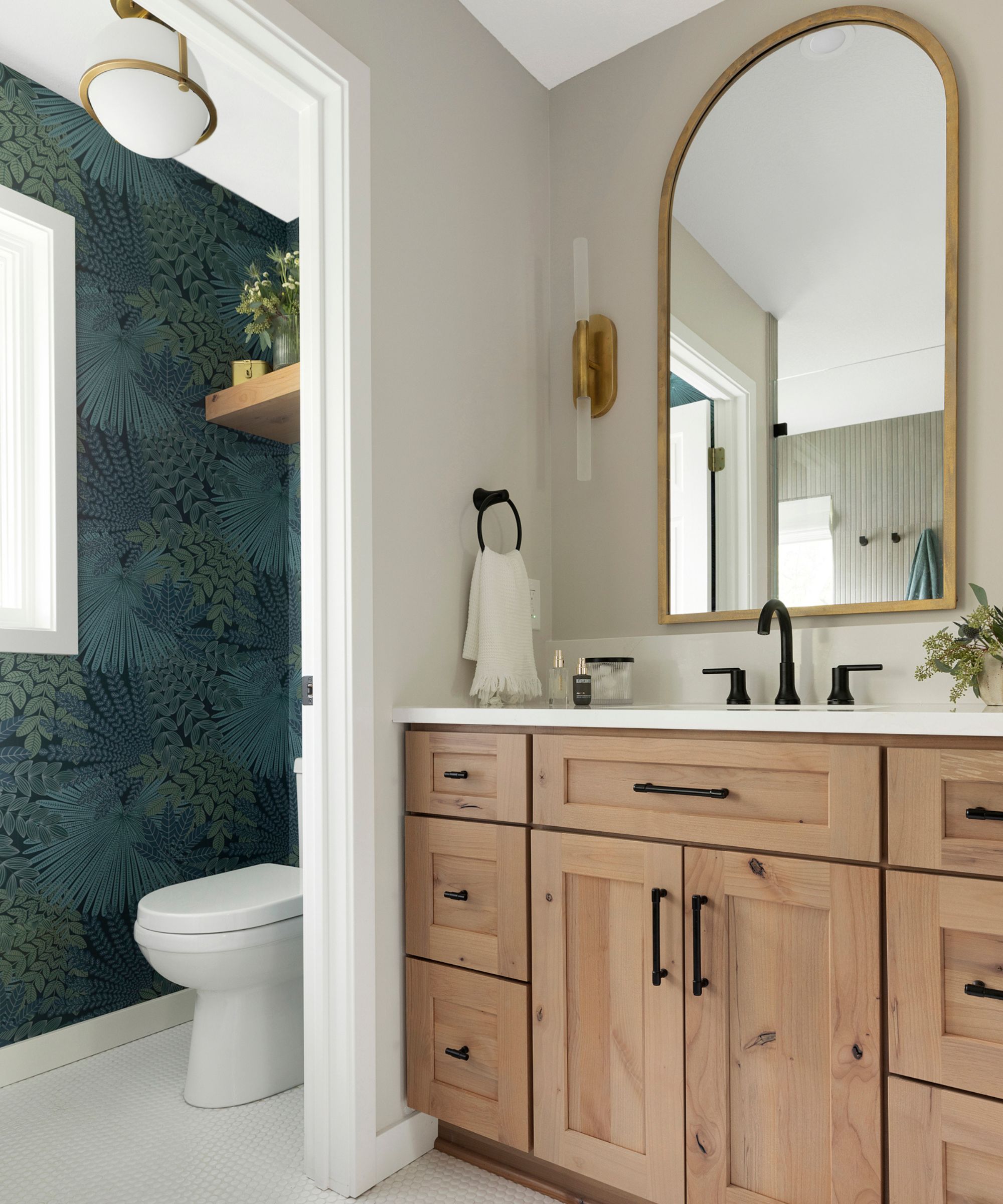
And what about Revere Pewter? The term pewter gives you a slight hint that although this is still a greige paint it's on the cooler side of the color wheel. Again though, there's still a warmth here which is why Revere Pewter is so popular as it's a neutral that works with both warm and cool colors.
'Revere Pewter is a versatile bridge between warm and cool tones and is fast becoming an iconic neutral. This hue adds just enough warmth to make a room feel both contemporary and harmonious.' explains Helen.
What's the difference between Edgecomb Gray and Revere Pewter?
Edgcomb Gray and Revere Pewter are often referred to interchangeably, but there are some key differences, and under certain lights, you can really notice them. Revere Pewter is far cooler, and when you look at the shades next to one another it appears far more gray, almost with a lilac tinge which you wouldn't instantly notice.
'The simplest and most noticeable difference between Benjamin Moore, Edgecomb Gray, and Revere Pewter is that one is a warm neutral, and one is a cool neutral,' explains Nina Grauer founder of Dekay & Tate. 'Edgecomb gray is much warmer than Revere Pewter. The tone of a paint color is possibly even more imperative than the color of the paint itself.'
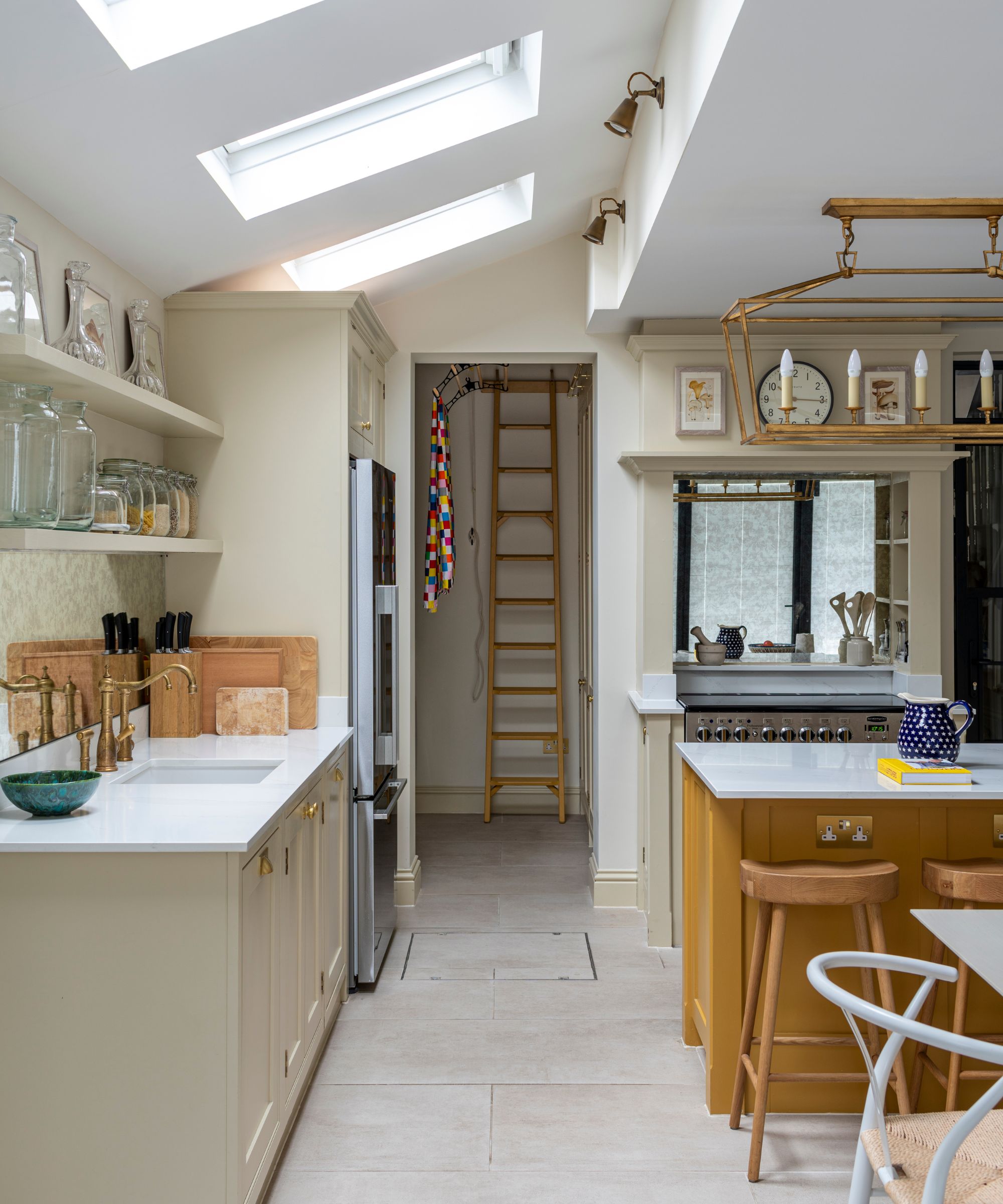
Jennifer Davis also clarifies that 'Edgecomb Gray has a subtle warmth and versatility, which gives it a timeless appeal. On the other hand, Revere Pewter leans towards a more classic greige tone, striking a balance between gray and beige. While both shades share a neutral foundation, the difference lies in their undertones. Edgecomb Gray tends to lean towards taupe, creating a cozy and inviting atmosphere, while Revere Pewter exhibits cooler undertones, resulting in a crisper and slightly more contemporary feel.'
'Our preference for Revere Pewter is as an accent rather than a primary player, used to enhance specific elements within a space. Its versatile greige tone makes it (Revere Pewter) ideal for millwork and cabinets, where its cooler undertones can add a touch of sophistication without dominating the overall aesthetic. In contrast, Edgecomb Gray shines as the perfect choice for wall paint, thanks to its subtle warmth that effortlessly creates a welcoming and inviting atmosphere.'
Designer Kathy Kuo also notes that when she has used Revere Pewter, it appears darker than Edgecomb Gray. She explains, 'Both Revere Pewter and Edgecomb Gray are lovely choices if you're looking for an upscale neutral that works well with styles like French country, modern organic, and wabi-sabi. They're very similar but there are subtle differences – Revere Pewter is slightly darker and offers more in the way of cool undertones, whereas Edgecomb Gray is more of a solidly warm neutral.'
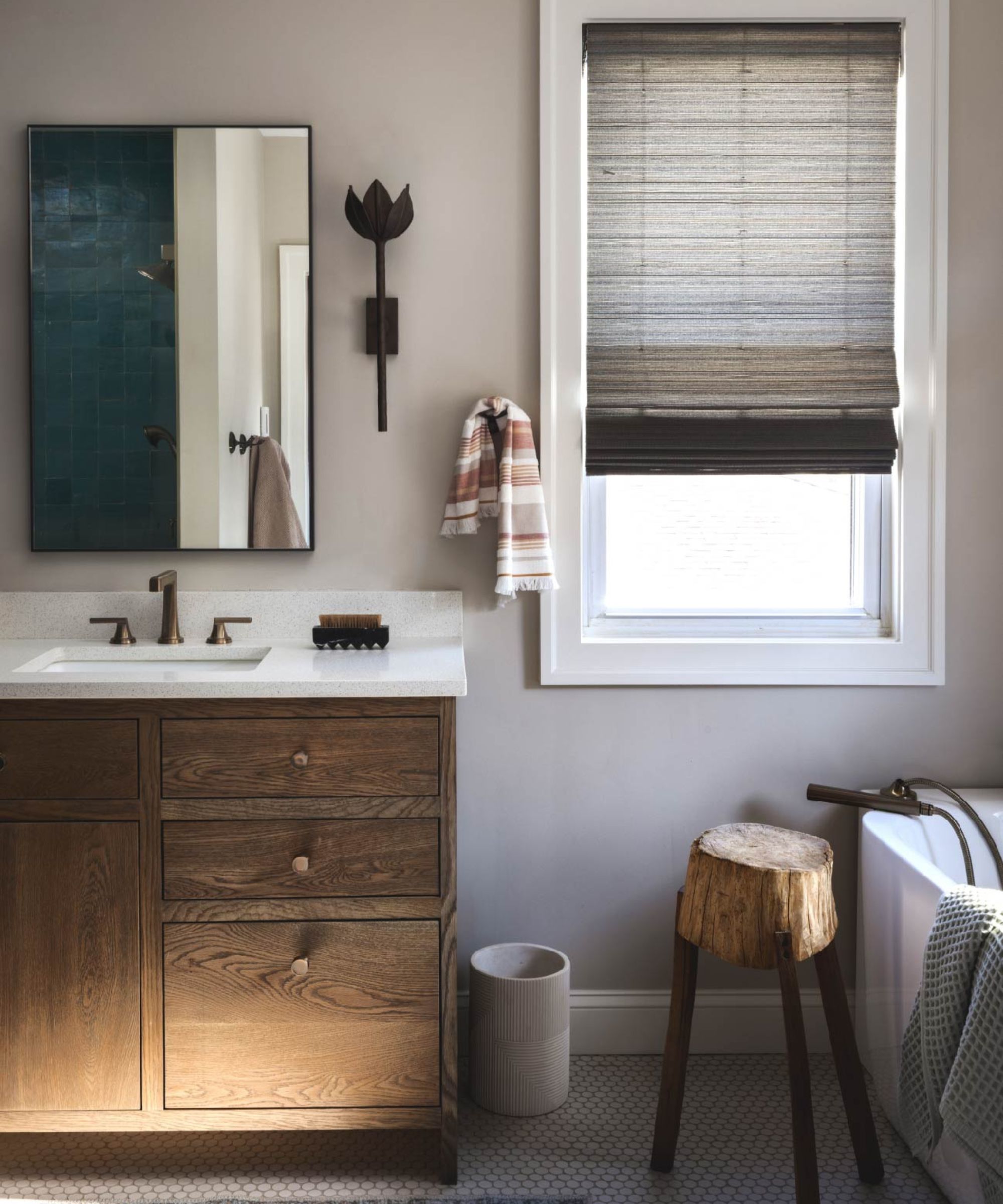
'Both paints have their unique charm!' says designer Julie Anne Burch. 'Edgecombe Gray brings warmth with its soft and creamy texture, perfect for traditional spaces. On the other hand, Revere Pewter offers a colder, muted tone with a flat finish, ideal for contemporary settings. When choosing between the two, consider the overall style and ambiance of your space to ensure harmony with your desired aesthetic.'
So these two very similar paint colors, in fact, aren't so similar at all. Neutrals, more so than perhaps any other shade come in so many forms and with varying undertones, and while all greige or beige or gray paints may look similar, test them out and you will see how much they can change and differ. So our advice would be to order both, and see how Revere Pewter and Edgecomb Gray look in your space before picking between the two.







